Geometry is the branch of mathematics that studies shapes, sizes, and spatial properties. It has applications in engineering, architecture, art, and physics. The fundamental elements of geometry include points, lines, angles, and shapes.
Points have no size or shape, while lines are infinite collections of points. Angles form when two rays share an endpoint, and shapes are created by combining lines and angles into two-dimensional or three-dimensional figures. Measurement is a crucial concept in geometry, involving units such as inches, feet, meters, and degrees.
It includes measuring length, area, volume, and angles of geometric figures. Symmetry and transformations are also important in basic geometry. Symmetry refers to balance and proportion in shapes, while transformations involve moving or altering shapes through translation, rotation, reflection, or dilation.
Understanding these basic geometric concepts is essential for building a strong foundation in geometry and applying it to real-world situations. This knowledge enables students to analyze and solve problems involving spatial relationships, measurements, and shape properties.
Key Takeaways
- Understanding basic geometric concepts is essential for building a strong foundation in geometry.
- Exploring geometric shapes and properties helps in understanding the characteristics and relationships between different shapes.
- Applying geometric principles in real life helps in solving practical problems and understanding the relevance of geometry in everyday situations.
- Mastering geometric proofs and theorems is crucial for developing logical reasoning and problem-solving skills in geometry.
- Utilizing geometric tools and technology can enhance visualization and understanding of geometric concepts.
Exploring Geometric Shapes and Properties
Types of Geometric Shapes
2D shapes include circles, squares, rectangles, triangles, pentagons, hexagons, and octagons. These shapes are flat and have only length and width. On the other hand, 3D shapes include spheres, cubes, rectangular prisms, pyramids, cones, and cylinders. These shapes have length, width, and height.
Properties of Geometric Shapes
Each shape has its own unique properties such as sides, angles, vertices, edges, faces, and diagonals. Furthermore, exploring the properties of geometric shapes involves understanding concepts such as perimeter, area, volume, surface area, and circumference.
Key Concepts in Geometric Shapes
Perimeter refers to the total distance around the outside of a shape. Area refers to the amount of space inside a shape. Volume refers to the amount of space inside a 3D shape. Surface area refers to the total area of all the surfaces of a 3D shape. Circumference refers to the distance around the outside of a circle. Understanding these properties is essential for solving problems involving geometric shapes and applying them to real-life situations.
Applying Geometric Principles in Real Life

Geometry plays a crucial role in various real-life applications such as architecture, engineering, art, design, navigation, and construction. In architecture and engineering, geometric principles are used to design buildings and structures with precise measurements and angles to ensure stability and functionality. In art and design, geometric shapes and patterns are used to create aesthetically pleasing compositions in paintings, sculptures, and graphic designs.
Furthermore, geometry is used in navigation to determine distances between locations using maps and coordinates. In construction, geometric principles are applied to measure angles and dimensions for building structures such as bridges and roads. Additionally, geometry is used in everyday activities such as cooking (measuring ingredients), sports (calculating angles for shots), and gardening (designing layouts).
Overall, applying geometric principles in real life is essential for solving practical problems and understanding the world around us. Geometry plays a crucial role in various real-life applications such as architecture, engineering, art, design, navigation, and construction. In architecture and engineering, geometric principles are used to design buildings and structures with precise measurements and angles to ensure stability and functionality.
In art and design, geometric shapes and patterns are used to create aesthetically pleasing compositions in paintings, sculptures, and graphic designs. Furthermore, geometry is used in navigation to determine distances between locations using maps and coordinates. In construction, geometric principles are applied to measure angles and dimensions for building structures such as bridges and roads.
Additionally, geometry is used in everyday activities such as cooking (measuring ingredients), sports (calculating angles for shots), and gardening (designing layouts). Overall, applying geometric principles in real life is essential for solving practical problems and understanding the world around us.
Mastering Geometric Proofs and Theorems
| Proofs and Theorems | Definition | Example |
|---|---|---|
| Vertical Angles Theorem | When two lines intersect, the vertical angles formed are congruent. | ∠1 and ∠3 are congruent in the figure below. |
| Corresponding Angles Theorem | When two parallel lines are cut by a transversal, the corresponding angles are congruent. | ∠1 and ∠5 are congruent in the figure below. |
| Pythagorean Theorem | In a right-angled triangle, the square of the length of the hypotenuse is equal to the sum of the squares of the lengths of the other two sides. | a² + b² = c², where c is the length of the hypotenuse. |
Geometric proofs are logical arguments that use deductive reasoning to show that a statement or theorem is true based on previously established facts or axioms. Proofs are an essential part of geometry as they help to validate mathematical statements and provide a deeper understanding of geometric concepts. To master geometric proofs, one must understand the different types of proofs such as direct proofs (using logical steps to prove a statement), indirect proofs (proving a statement by assuming its opposite is false), and proof by contradiction (showing that assuming a statement is false leads to a contradiction).
Furthermore, mastering geometric theorems involves understanding fundamental principles such as the Pythagorean theorem (relating the sides of a right-angled triangle), the parallel postulate (defining parallel lines), the angle sum theorem (stating that the sum of angles in a triangle is 180 degrees), and many others. These theorems provide important insights into the relationships between geometric figures and help to solve complex problems involving angles, sides, and shapes. Geometric proofs are logical arguments that use deductive reasoning to show that a statement or theorem is true based on previously established facts or axioms.
Proofs are an essential part of geometry as they help to validate mathematical statements and provide a deeper understanding of geometric concepts. To master geometric proofs, one must understand the different types of proofs such as direct proofs (using logical steps to prove a statement), indirect proofs (proving a statement by assuming its opposite is false), and proof by contradiction (showing that assuming a statement is false leads to a contradiction). Furthermore, mastering geometric theorems involves understanding fundamental principles such as the Pythagorean theorem (relating the sides of a right-angled triangle), the parallel postulate (defining parallel lines), the angle sum theorem (stating that the sum of angles in a triangle is 180 degrees), and many others.
These theorems provide important insights into the relationships between geometric figures and help to solve complex problems involving angles, sides, and shapes.
Utilizing Geometric Tools and Technology
In modern times, technology has revolutionized the way geometry is taught and applied. Various tools such as compasses, protractors, rulers, graph paper, calculators, and computer software have made it easier to visualize geometric concepts and solve complex problems. Compasses are used to draw circles and arcs with precise measurements.
Protractors are used to measure angles accurately. Rulers are used to measure lengths and draw straight lines. Additionally, graph paper provides a grid for plotting points and graphing equations.
Calculators can perform complex calculations involving geometric formulas such as area or volume. Computer software such as Geogebra or Desmos allows students to explore geometric concepts through interactive visualizations and simulations. Overall, utilizing geometric tools and technology enhances learning experiences by providing hands-on experiences with geometric concepts.
In modern times, technology has revolutionized the way geometry is taught and applied. Various tools such as compasses,
protractors,
rulers,
graph paper,
calculators,
and computer software have made it easier to visualize geometric concepts
and solve complex problems.
Compasses are used to draw circles
and arcs with precise measurements.
Protractors are used to measure angles accurately.
Rulers are used to measure lengths
and draw straight lines. Additionally,
graph paper provides a grid for plotting points
and graphing equations.
Calculators can perform complex calculations involving geometric formulas such as area or volume.
Computer software such as Geogebra or Desmos allows students to explore geometric concepts through interactive visualizations
and simulations.
Overall,
utilizing geometric tools
and technology enhances learning experiences by providing hands-on experiences with geometric concepts.
Enhancing Problem-Solving Skills in Geometry

Developing Problem-Solving Skills
To enhance problem-solving skills in geometry, one must practice solving various types of problems involving angles, shapes, and measurements. This involves identifying relevant information, formulating a plan, executing the plan, and evaluating the solution.
Enhancing Spatial and Logical Reasoning
Additionally, developing spatial reasoning skills is crucial for visualizing geometric figures and understanding their properties. Furthermore, developing logical reasoning skills helps in constructing valid arguments and proofs for geometric statements.
Mastering Geometry through Critical Thinking
Solving challenging problems involving geometric proofs and theorems also enhances critical thinking skills and fosters a deeper understanding of geometry. Overall, enhancing problem-solving skills in geometry is essential for mastering the subject and applying it to real-life scenarios effectively.
Advancing to Advanced Geometric Concepts and Applications
As students progress in their study of geometry,
they encounter advanced concepts such as trigonometry,
coordinate geometry,
conic sections,
and solid geometry.
Trigonometry involves studying relationships between angles
and sides in triangles
and is widely used in fields such as engineering,
physics,
and astronomy.
Coordinate geometry involves using algebraic techniques
to study geometric figures on a coordinate plane. Conic sections involve studying curves formed by intersecting a cone with a plane
and have applications in physics
and engineering.
Solid geometry involves studying three-dimensional figures
such as polyhedra,
prisms,
pyramids,
cones,
spheres,
and cylinders.
Understanding advanced geometric concepts provides students with a deeper insight into mathematical relationships
and prepares them for more complex applications in various fields. As students progress in their study of geometry,
they encounter advanced concepts such as trigonometry,
coordinate geometry,
conic sections,
and solid geometry.
Trigonometry involves studying relationships between angles
and sides in triangles
and is widely used in fields such as engineering,
physics,
and astronomy.
Coordinate geometry involves using algebraic techniques
to study geometric figures on a coordinate plane.
Conic sections involve studying curves formed by intersecting a cone with a plane
and have applications in physics
and engineering.
Solid geometry involves studying three-dimensional figures
such as polyhedra,
prisms,
pyramids,
cones,
spheres,
and cylinders.
Understanding advanced geometric concepts provides students with a deeper insight into mathematical relationships
and prepares them for more complex applications in various fields. In conclusion,
geometry is an essential branch of mathematics that plays a crucial role in various fields
such as architecture,
engineering,
art,
design,
navigation,
construction,
and many others.
Understanding basic geometric concepts provides a strong foundation for exploring more advanced topics
such as trigonometry,
coordinate geometry,
conic sections,
and solid geometry.
Applying geometric principles in real life enhances problem-solving skills
and fosters a deeper understanding of mathematical concepts.
Utilizing geometric tools
and technology provides hands-on experiences with visualizing geometric concepts
and solving complex problems.
Overall,
mastering geometry requires developing strong problem-solving skills
and advancing to advanced concepts
to apply mathematical principles effectively in real-world scenarios.
If you’re interested in exploring the intersection of technology and education, you may want to check out this article on metaverse and the real-world challenges of the hybrid reality. It delves into the ways in which virtual and augmented reality are shaping the future of learning and the potential impact on traditional educational models. Geometric learning is just one aspect of the broader shift towards immersive, interactive educational experiences.
FAQs
What is geometric learning?
Geometric learning is a field of study that focuses on using geometric concepts and techniques to understand and solve problems in machine learning and artificial intelligence.
What are some applications of geometric learning?
Geometric learning has applications in computer vision, natural language processing, robotics, and other areas of artificial intelligence. It can be used for tasks such as object recognition, image classification, and dimensionality reduction.
How does geometric learning differ from traditional machine learning?
Traditional machine learning often relies on statistical methods and linear algebra, while geometric learning emphasizes the use of geometric structures and principles to analyze and process data.
What are some key geometric concepts used in geometric learning?
Some key geometric concepts used in geometric learning include manifolds, embeddings, and geometric transformations. These concepts are used to represent and analyze complex data in high-dimensional spaces.
What are some challenges in geometric learning?
Challenges in geometric learning include developing efficient algorithms for processing geometric data, handling high-dimensional data, and understanding the theoretical foundations of geometric learning methods.
What are some popular geometric learning algorithms?
Popular geometric learning algorithms include t-SNE (t-distributed stochastic neighbor embedding), Isomap, and Laplacian eigenmaps. These algorithms are used for dimensionality reduction and visualization of high-dimensional data.
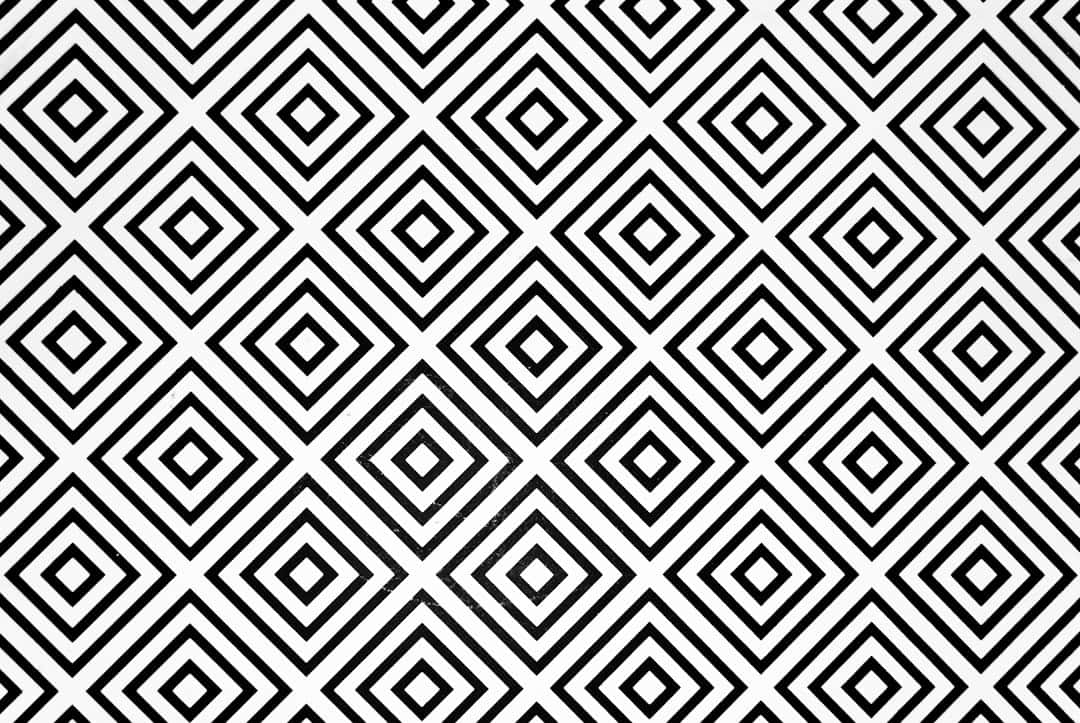
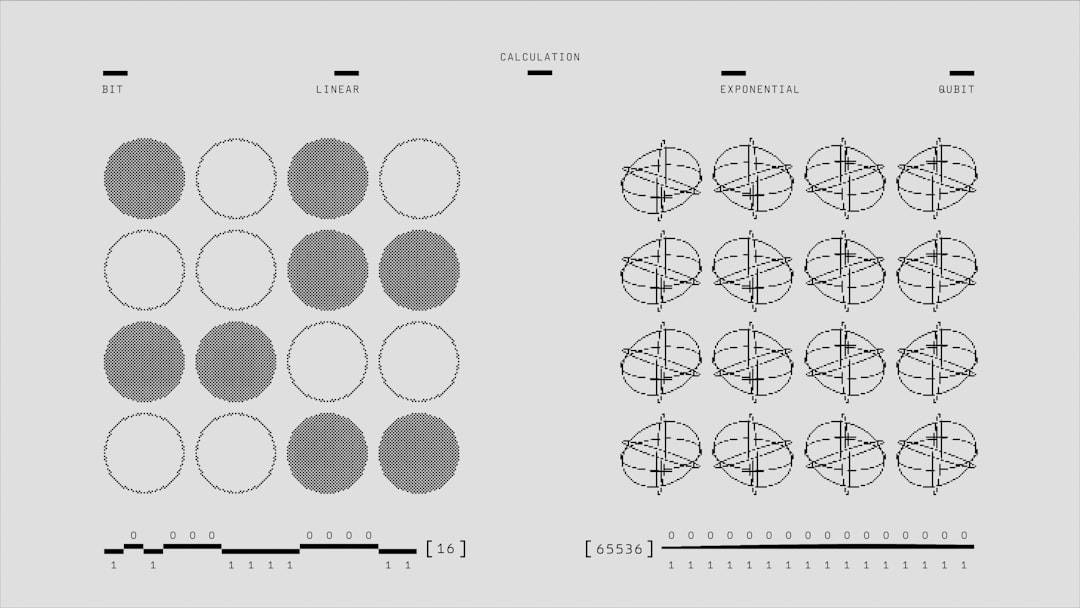
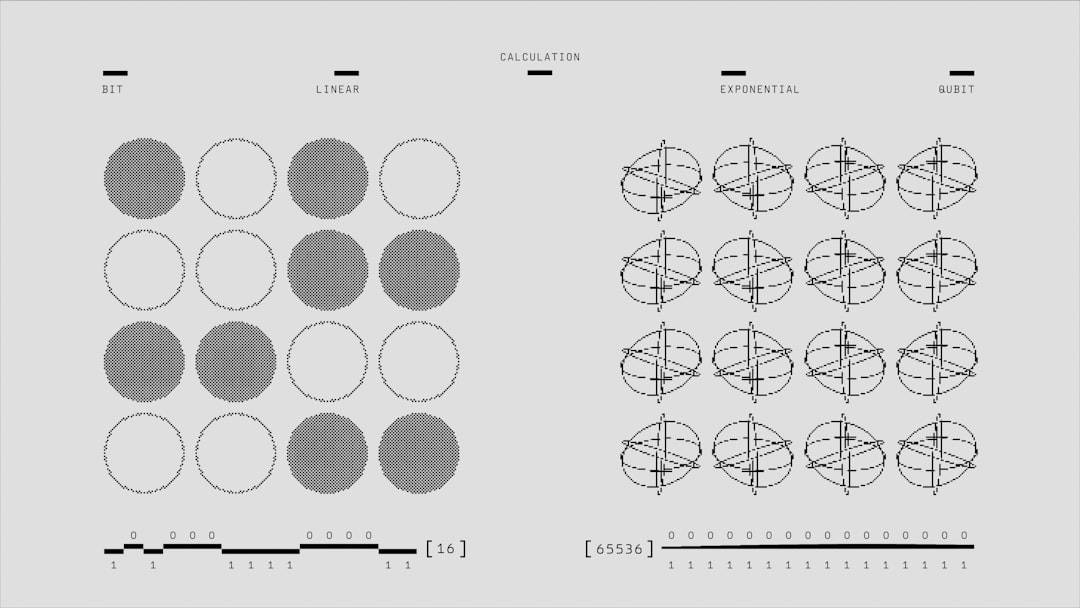

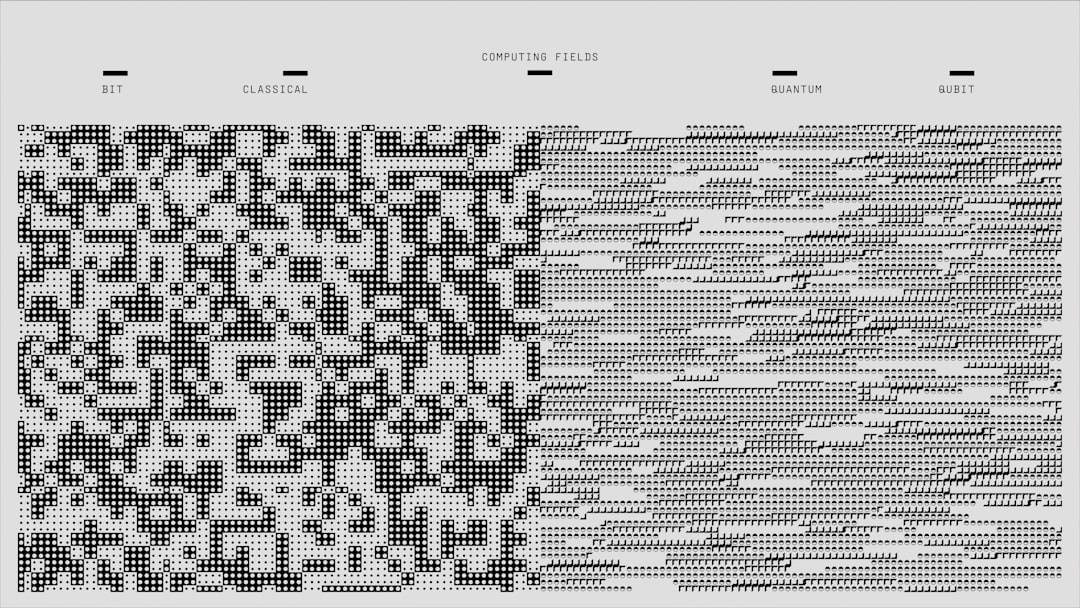
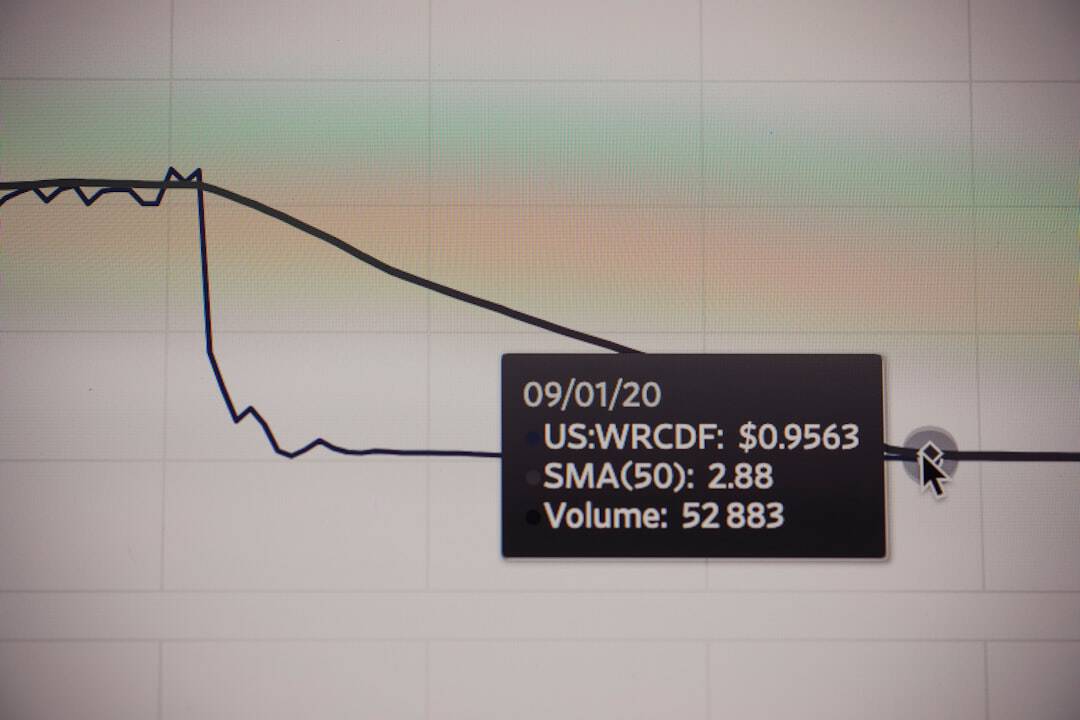
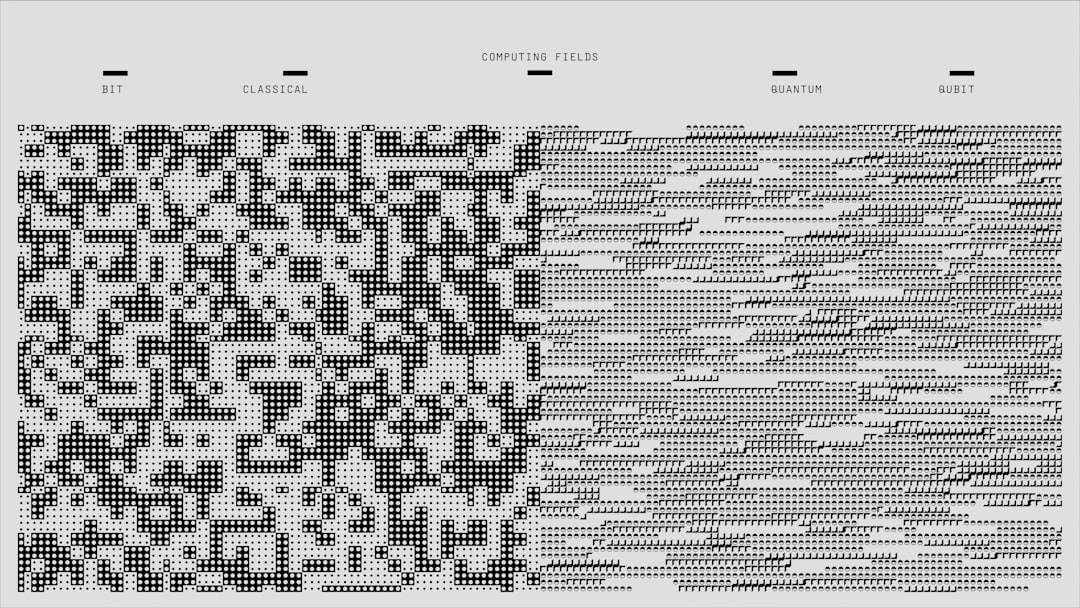



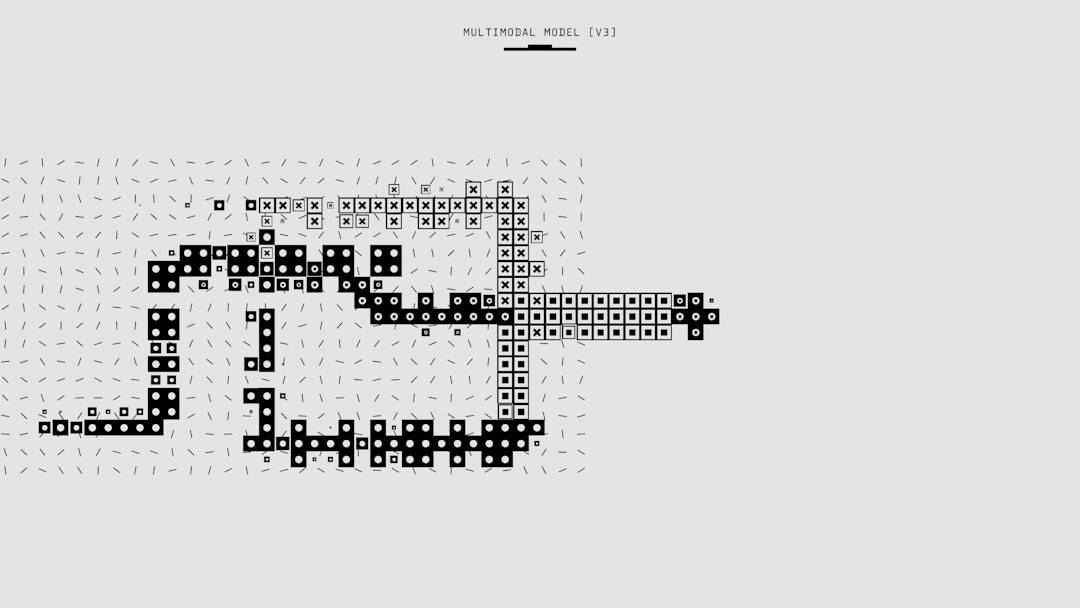
Leave a Reply